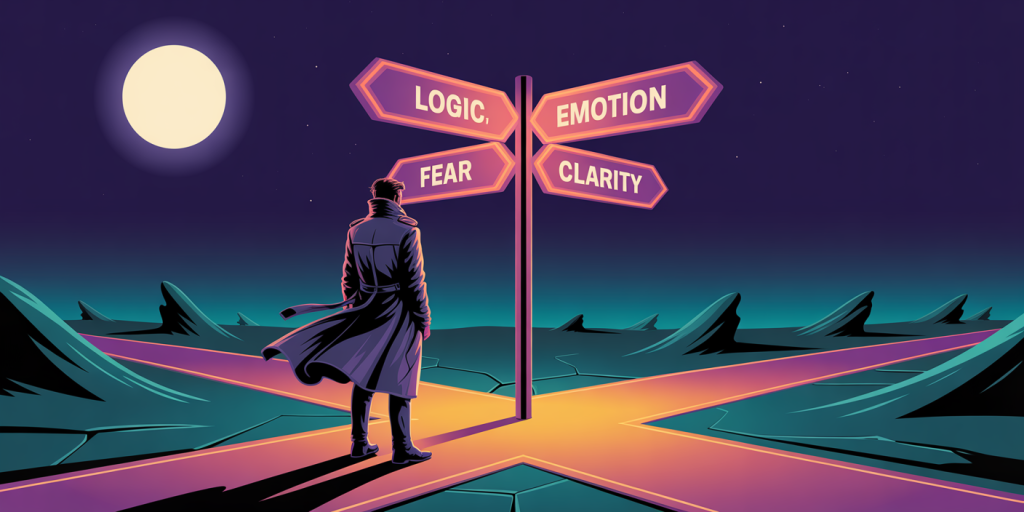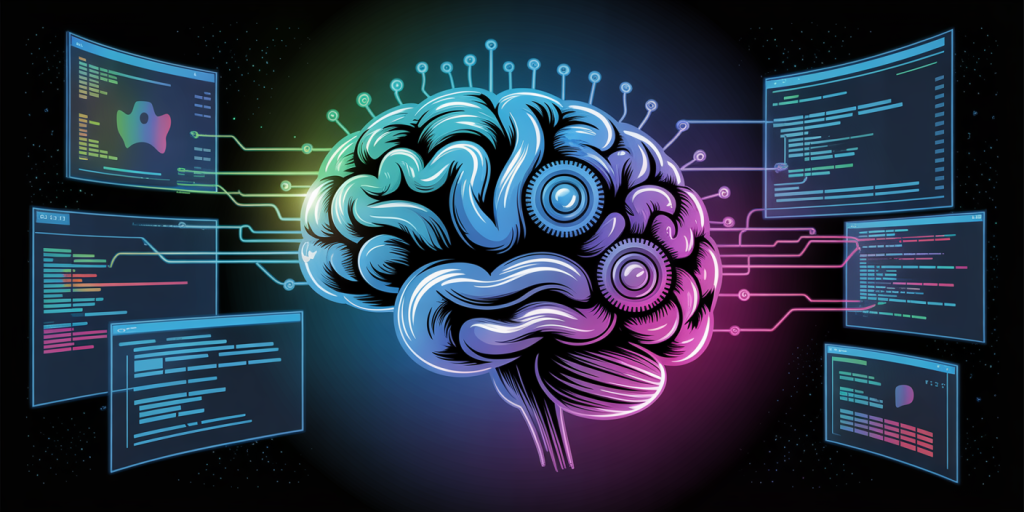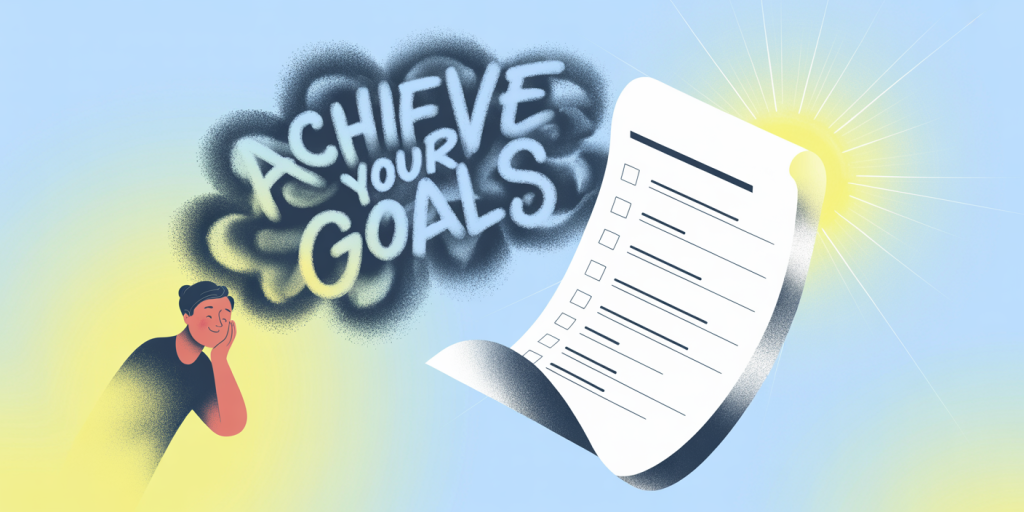How to Make Better Decisions Faster: A Practical Framework for Everyday Life
Every day, we are faced with a constant stream of decisions. Some are small and seemingly insignificant—like what to eat for lunch—while others carry long-term consequences—like choosing a career path or deciding to end a relationship. While making the right decision is important, making it in a timely and confident manner is just as critical.
In a fast-paced world where indecision can mean missed opportunities or unnecessary stress, knowing how to make better decisions faster is a skill that can significantly improve your life. This article presents a practical framework that combines clarity, strategy, and action—designed for both quick day-to-day choices and more complex, life-altering decisions.
🧠 The Psychology Behind Decision-Making
Before diving into frameworks, it’s helpful to understand why decision-making is difficult in the first place. Several psychological factors can interfere:
- Decision fatigue: The more decisions you make, the harder it becomes to make the next one well.
- Fear of failure: We fear making the wrong choice, so we delay or avoid making one at all.
- Overchoice: With too many options, we feel overwhelmed and anxious.
- Perfectionism: Waiting for the “perfect” answer keeps us stuck.
Recognizing these blockers is the first step toward freeing yourself from them.
🧩 The 5-Part Framework for Faster, Better Decisions
To make better decisions without overthinking or stalling, you need a structured yet flexible approach. This five-part framework can be applied to nearly any situation:
1. Clarify the Decision
Before deciding anything, ask: What decision am I actually making?
This step might sound obvious, but many people make poor decisions because they don’t take the time to define the real problem. Be specific.
Instead of “Should I get a new job?”, clarify:
- “Should I accept the new job offer I received last week, or stay in my current role until the end of the year?”
A clearly framed question narrows your focus and removes ambiguity.
Pro Tip: Write the decision as a “yes or no” question or as a specific comparison between two options.

2. Define What Matters Most (Your Criteria)
Every decision should be evaluated against what’s important to you—your values, goals, and priorities.
Ask yourself:
- What am I trying to optimize for? (time, money, happiness, growth?)
- What non-negotiables do I have?
- What would success look like in this situation?
Create a quick list of 3–5 criteria that matter most. Then use these as your “filter” when evaluating options.
Example:
For deciding between two apartments, your criteria might be:
- Price under $1,200/month
- Walking distance to work
- Natural light
- Quiet environment
This simplifies your decision and avoids emotional distractions.
3. Limit Your Options
Contrary to what we often think, more options don’t lead to better decisions—they lead to decision paralysis. This is called the Paradox of Choice.
When possible:
- Narrow your options down to 2–3 strong contenders.
- Eliminate any choice that doesn’t meet your key criteria.
- Don’t waste time trying to analyze every single possibility.
Tools that help:
- Use a pros/cons list but give more weight to your core values.
- Try ranking options against your defined criteria.
- Use the “Must-Have vs. Nice-to-Have” matrix.
4. Use Time Limits and Decision Deadlines
Decisions take as long as the time you give them. Set deliberate time limits to avoid overthinking.
Examples:
- “I’ll spend 15 minutes comparing these three options, then decide.”
- “I’ll give myself 48 hours to decide on the offer.”
- “If I don’t feel 80% confident by Friday, I’ll go with the default option.”
For less important decisions, use the 2-minute rule: If the decision won’t impact your life a month from now, decide in under 2 minutes.
Deadlines reduce anxiety, force prioritization, and free up mental energy.

5. Take Imperfect Action and Learn
Sometimes, you’ll only have 80% of the information you want. That’s okay. Most real-life decisions don’t require perfection—they require momentum.
Instead of striving for the perfect decision, ask:
- What’s the next best step I can take?
- What can I do now that I can adjust later?
When possible, favor reversible decisions. If it’s something you can test or change, act sooner and refine as you go. Learning through action is more valuable than endless analysis.
Remember: Not deciding is also a decision—and usually the most disempowering one.
⚖️ Decision-Making Models You Can Use
Sometimes, a mental model or rule can make the decision process easier. Here are a few you can incorporate into your framework:
✅ The 10/10/10 Rule (by Suzy Welch)
Ask yourself:
- How will I feel about this decision in 10 minutes?
- How about in 10 months?
- And in 10 years?
This helps zoom out from short-term emotions and make choices with long-term clarity.
✅ The Eisenhower Matrix
Divide tasks into:
- Urgent and important
- Important but not urgent
- Urgent but not important
- Neither
This is especially helpful for prioritization decisions.
✅ The “Regret Minimization Framework” (by Jeff Bezos)
Imagine yourself at 80 years old looking back—will you regret not doing this?
This model cuts through fear and focuses on meaningful choices.
✅ “Hell Yes or No” Rule (by Derek Sivers)
If you’re not enthusiastically saying “Hell yes!” to something, it’s probably a “No.”
This works well for commitments, invites, and non-essential opportunities.
🛠 Tools and Tech to Support Better Decision-Making
You can leverage simple tools to aid the process:
- Notion or Evernote for decision journaling
- Mind mapping apps (like XMind) to visualize complex decisions
- Trello or Google Sheets for comparing options with custom criteria
- AI tools like ChatGPT for brainstorming or weighing pros and cons
These don’t make decisions for you, but they reduce the friction of organizing your thoughts.
😓 How to Decide When You’re Emotionally Overwhelmed
Strong emotions can cloud logic. If you’re feeling anxious, sad, or angry:
- Pause. Don’t decide right away.
- Name the emotion you’re feeling.
- Create space with a walk, deep breathing, or talking to a friend.
- Return with a clearer head—or sleep on it.
Decisions made in emotional overload often reflect reaction, not intention.
🤝 When to Involve Others
You don’t need to make every decision alone. Seek input when:
- You lack expertise in the area
- You’re emotionally invested and biased
- The decision affects others directly
Ask people who will give you honest, practical feedback, not just validation.
Also, beware of decision by committee—too many opinions can make things harder. Know when to take the lead.
✅ Tip: Pre-Decide for Common Scenarios
One of the best ways to speed up decision-making is to pre-decide how you’ll respond to frequent or predictable situations. This reduces decision fatigue and helps you act with clarity and consistency.
Examples:
- “If I get a new project opportunity that doesn’t align with my current goals, I’ll say no.”
- “If I haven’t heard back from the recruiter in 5 business days, I’ll follow up once.”
- “If I’m faced with a restaurant menu and feel overwhelmed, I’ll pick something from my top 3 go-to options.”
This approach works like creating personal policies or rules of thumb—they simplify your life and free up mental energy for more important decisions.
💡 Final Thoughts: Progress Over Perfection
Becoming a faster, better decision-maker isn’t about being impulsive or robotic. It’s about creating a repeatable, confident process that removes guesswork, reduces stress, and boosts results.
To recap:
- Define your decision clearly
- Focus on what truly matters
- Narrow your options
- Set limits to avoid overthinking
- Take action with intention—and adjust as needed
Great decision-makers aren’t born—they’re built through practice, reflection, and self-trust. The more you apply these principles, the more empowered and efficient you’ll become.
Remember: Most of life’s progress happens after the decision is made, not before.

